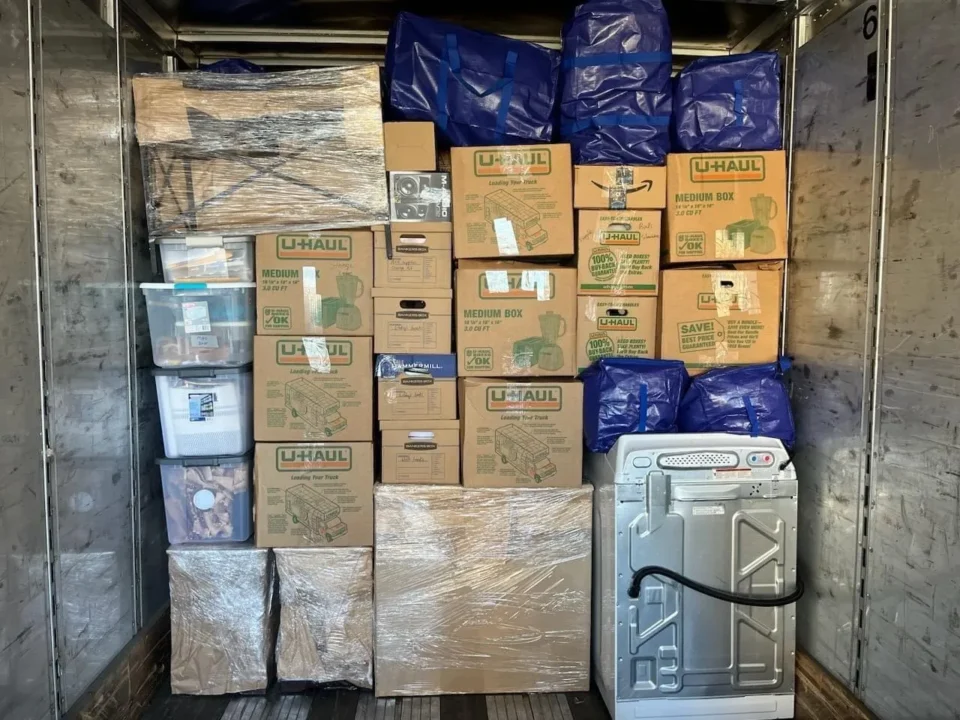Antiques and collectibles are more than just possessions—they’re treasures filled with history, sentiment, and value. Moving these fragile, irreplaceable items requires careful planning and proper techniques to ensure they arrive safely at your new home. Follow these expert tips on how to move antiques and collectibles safely and protect your valuables during relocation.
1. Take Inventory and Photos
Before packing anything, create a detailed inventory list of your antiques and collectibles. Take clear, dated photos of each item from multiple angles. If anything gets damaged during the move, these photos will be crucial for insurance claims and restoration purposes.
2. Get a Professional Appraisal
If your antiques or collectibles are valuable, consider having them professionally appraised before the move. Knowing their current market value helps you secure the right insurance coverage and ensures you’re protected financially if anything happens.
3. Invest in Quality Packing Materials
When it comes to protecting antiques, ordinary packing supplies won’t do. Invest in:
- Double-walled moving boxes
- Acid-free tissue paper
- Bubble wrap and foam sheets
- Custom crates for especially delicate or large pieces
- Moving blankets and corner protectors for furniture
Using high-quality materials provides the cushioning and support fragile items need during transport.
4. Wrap Items Individually
Each item should be wrapped individually to prevent scratching, cracking, or breaking.
- Use acid-free tissue paper or soft cloth for delicate surfaces.
- Add a layer of bubble wrap for extra cushioning.
- Avoid using newspaper, as ink can transfer and damage surfaces.
For extra protection, secure the wrapping with painter’s tape instead of strong adhesive tape, which could damage finishes.
5. Use the Right Packing Techniques
When boxing antiques and collectibles:
- Line the bottom of the box with cushioning material.
- Place heavier items at the bottom and lighter items on top.
- Fill any gaps with crumpled paper, foam peanuts, or soft cloth to prevent shifting.
- Label the box as “FRAGILE” on all sides and indicate the correct upright position with arrows.
6. Disassemble When Possible
If possible, disassemble antique furniture to reduce the risk of damage. Remove legs from tables, glass panes from cabinets, or detachable parts from larger pieces. Wrap each part separately and label them for easy reassembly.
7. Hire Professional Movers Experienced with Antiques
Moving antiques requires special handling, and not every moving company has the right experience. Hire professional movers who specialize in transporting high-value, delicate items. They will know how to properly pack, load, and secure your antiques to ensure a safe journey.
8. Secure Specialized Insurance
Standard moving insurance may not cover the full value of antiques and collectibles. Look into purchasing additional moving insurance specifically designed to protect high-value items during relocation.
9. Load with Care
When loading antiques into the moving truck:
- Place them against secure walls inside the truck.
- Use straps to secure larger items and prevent shifting.
- Avoid stacking anything on top of fragile pieces.
Professional movers will know how to optimize truck space without compromising the safety of your valuables.
10. Unpack Carefully
When you arrive at your new home, take your time unpacking your antiques and collectibles. Inspect each item for any damage right away, and handle them with the same level of care used when packing.
Move Your Antiques with Confidence with Haula Movers
Your antiques and collectibles deserve expert care during every stage of the move. Contact Haula Movers today for professional moving services designed to protect your most treasured belongings!



